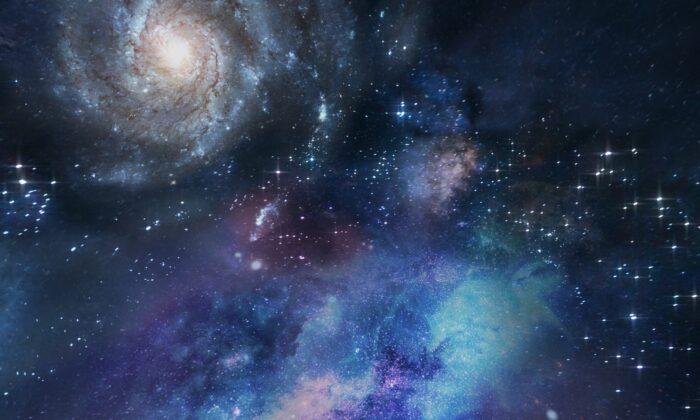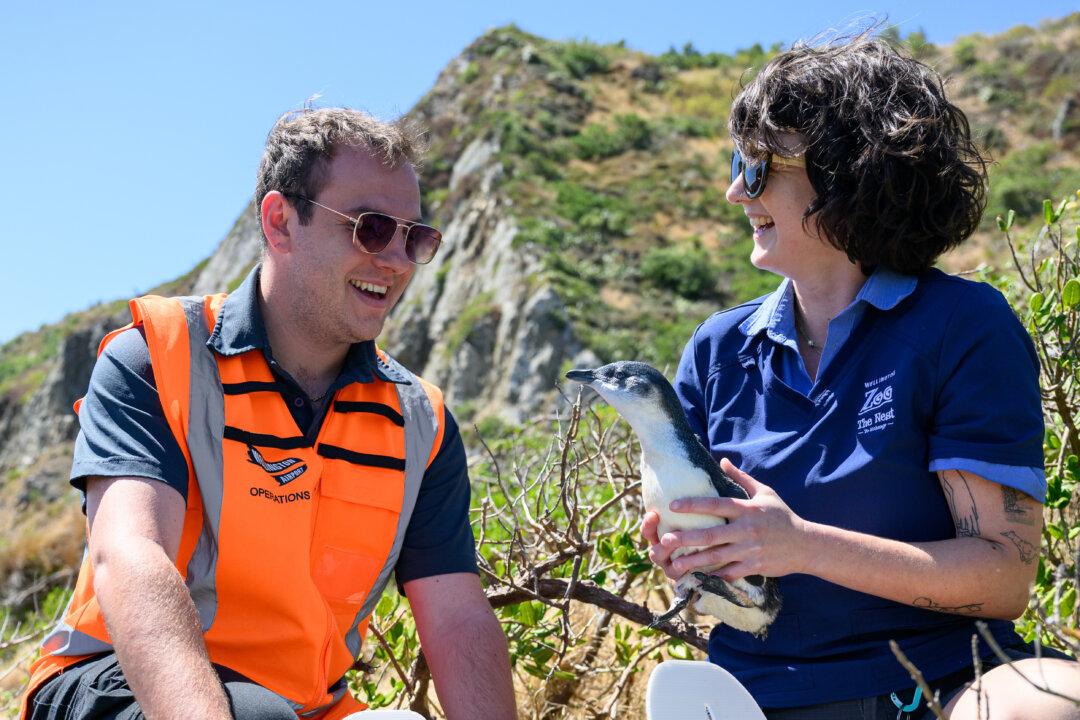Astronomers are rethinking our origin story following discoveries about the behaviour of a similar galaxy to our Milky Way.
The first detailed cross-section of another galaxy, dubbed UGC 10738, which is akin to ours, reveals that instead of a violent collision resulting from a freak accident, the Milky Way, in fact, evolved gradually.
Distinct discs similar to those of the Milky Way prove that such structures are the product of a more peaceful change than previous theories predicted. Those theories purported that they were formed from a rare clash with a smaller galaxy.
The team led by Nicholas Scott and Jesse van de Sande from Australia’s ARC Centre of Excellence for All Sky Astrophysics in 3 Dimensions (ASTRO 3D) and the University of Sydney made the unexpected findings.
“Our observations indicate that the Milky Way’s thin and thick discs didn’t come about because of a gigantic mash-up, but a sort-of ‘default’ path of galaxy formation and evolution,” Scott said.
“From these results, we think galaxies with the Milky Way’s particular structures and properties could be described as the ‘normal’ ones.”
The team were able to see a cross-section view of the galaxy’s structure as it is angled “edge-on”.
“It’s a bit like telling apart short people from tall people,” Scott said. “If you try to do it from overhead, it’s impossible, but if you look from the side, it’s relatively easy.”
Published on May 25 in The Astrophysical Journal Letters, the Australian-led astronomy team’s findings have important implications.
Co-author of the article, Professor Ken Freeman, from the Australian National University said this discovery had prompted a significant reassessment of how the Milky Way has developed over many billions of years.
“There was always the worry that the Milky Way is not a typical spiral galaxy. Now we can see that the Milky Way’s formation is fairly typical of how other disk galaxies were assembled,” Freeman said.
ASTRO 3D director Lisa Kewley said it would help them to answer some questions about galaxy evolution.
“This work shows how the Milky Way fits into the much bigger puzzle of how spiral galaxies formed across 13 billion years of cosmic time,” Kewley said.






Friends Read Free